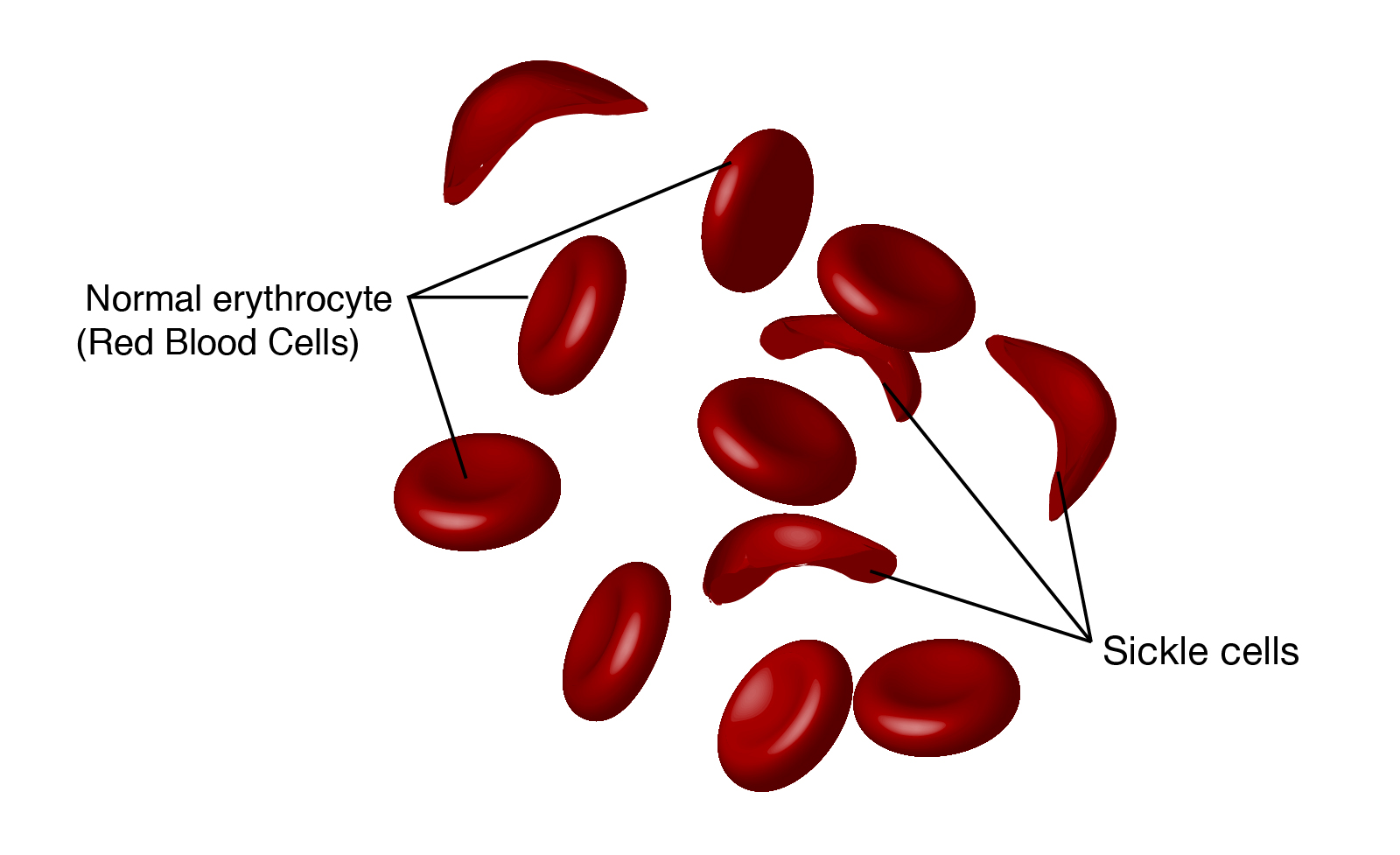

To be included as part of the first-line treatment of severe pain in a child (without IV access). Guideline for using Intranasal Diamorphine (to be used in conjunction with Emergency Department Pain Management Guideline) If IND contraindicated/unavailable, Oramorph or IV morphine should continue to be administered as per protocol. It should be noted that IND and 1 st dose of Oramorph should be given simultaneously.
Ohapi principles with sickle cell full#
(For full guideline refer to Pain in children, management in the ED- “Guideline for using Intra nasal Diamorphine” 2015: Author Joanne Stirling). Intra nasal Diamorphine (IND) – if patient presents in ED –see below: (FOR DOSES OF DRUGS REFER TO INFORMATION BELOW) If the respiratory rate falls below 10/minute then any opiate infusion should be discontinued and consider the use of naloxone.įIRST DOSE ANALGESIA SHOULD BE ADMINISTERED WITHIN 30 MINUTES These observations should be performed at least every 30 minutes until the pain has been controlled and observations are stable, then according to local pain management protocols, or at least every 2 hours whilst the patient is on opiate analgesia. Severity of pain (use validated pain score).The following should be monitored in all patients on analgesia: Non Steroidal Anti-inflammatory Agents (NSAIDs) and Paracetamol may have synergistic effects and should be prescribed in addition to opiate analgesia.Pain assessment should include the use of an age appropriate pain assessment score, which may be helpful as part of the overall assessment of the patient.

Assessment should include analgesia taken prior to attending hospital.Pain in sickle cell disease may be very severe, and is often underestimated by healthcare professionals.Analgesia should be administered within 30 minutes of arrival and aim for pain control within 60 minutes. Pain is the commonest cause of hospital admission and needs to be addressed urgently.identification and treatment of infection.intravenous access if required for fluids, analgesia, antibiotics.warmth and establishing a position of maximum comfort.reassurance that the patient’s pain will be relieved as soon as possible.The aim of treatment is to break the cycle of: sickling, hypoxia and acidosis - all exacerbated by dehydration. Management is supportive unless there are indications for exchange transfusion. Full red cell phenotype - Rh, Kell, Fy a+b, Jk a+b.New patients to the hospital require all the routine investigations. I NVESTIGATIONS ( IF NEW TO THE HOSPITAL): X-rays can be useful in confirming avascular necrosis as a cause of chronic or intermittent pain Ultrasound should be considered for suspected osteomyelitis. * X-rays of bones and joints show little or no change in the first week of an acute illness and rarely differentiate between infarction and infection. Throat, nose, sputum, stool, wound, CSF cultures etc Patients on desferrioxamine (DFO) with diarrhoea/abdominal pain (STOP DFO)Įrythrovirus B19 (Parvovirus) IgM serology and PCR Chest x-ray if indicated (ie symptoms/signs)Ĭertain tests are done if indicated, as follows:.Other cultures as indicated (see below).HbS % (only if on regular transfusion programme)


 0 kommentar(er)
0 kommentar(er)
